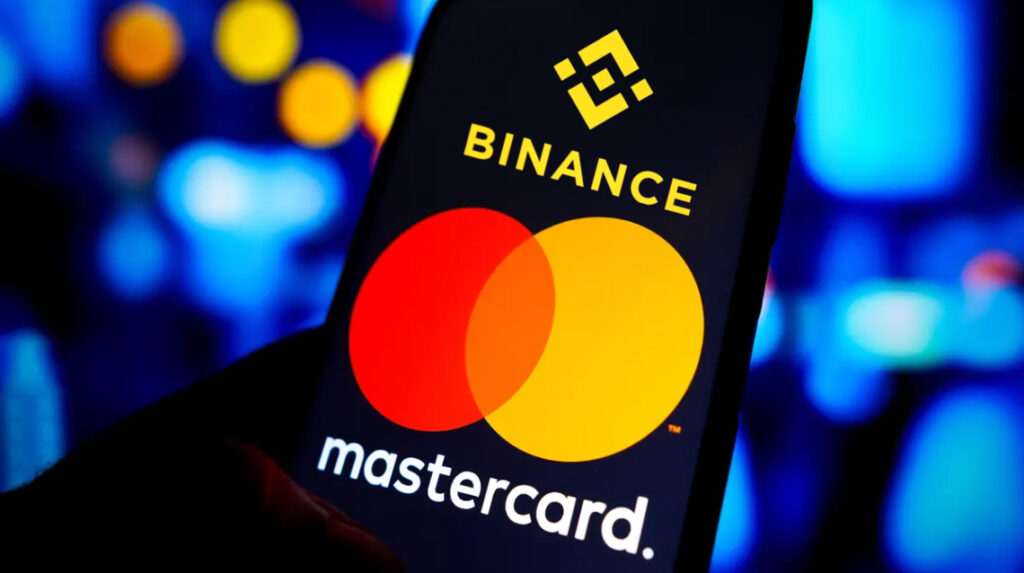Binance Exchange has reactivated crypto payments via Mastercard after ceasing the service in August last year.

Binance, the world’s largest cryptocurrency exchange by trading volume, has lifted its 10-month-old restriction on the purchase of crypto with Mastercard.
The action suggests that Mastercard users can now purchase digital assets without restriction using their cards.
Binance and Mastercard Reinstate Conditional Partnership
Mastercard had deactivated the option for Binance users in August 2023.
At the time of the exchange’s legal troubles in the United States, the card giant severed its relationship with Binance.
In addition, regulatory scrutiny from the U.S. Securities and Exchange Commission (SEC) and the U.S. Commodity Futures Trading Commission (CFTC) were the other deciding factors.
According to a post on the Binance X handle, Mastercard was the first option on the exchange’s inventory of accepted cards.
The resumption was facilitated by a Binance representative in response to a series of evaluations conducted by Mastercard regarding the internal controls and structure implemented by the exchange.
Binance-related purchases are now eligible on its network, as a result of the approval.
The crypto exchange anticipates offering added support with withdrawals and other products in the future.
Similarly, Mastercard’s confirmation report underlined that the sanction’s lifting is conditional.
This suggests that it is founded on ongoing evaluations of the enhanced controls and processes of Binance.
The implicit message is that sanctions may be reinstated if the exchange fails to meet the terms of the agreement.
Mastercard’s Innovation and Collaboration
The card giant recently disclosed its initial P2P pilot transaction of Mastercard Crypto Credential.
The product provides users with another option for sending and receiving of digital assets.
Moreover, users in Argentina, Brazil, Chile, France, and Guatemala have access to the service.
Other countries include Mexico, Panama, Paraguay, Peru, Portugal, Spain, Switzerland, and Uruguay.
Furthermore, the global card giant collaborated with several prominent institutions in the United States to evaluate shared-ledger technology.
Meanwhile, to facilitate the swift settlement of tokenized assets is the ultimate objective.
It is important to note that the collaboration aims to eradicate the bottlenecks that are associated with cross-border transactions.
These assets consist of investment-grade debt securities, Treasury securities, and commercial bank money.
